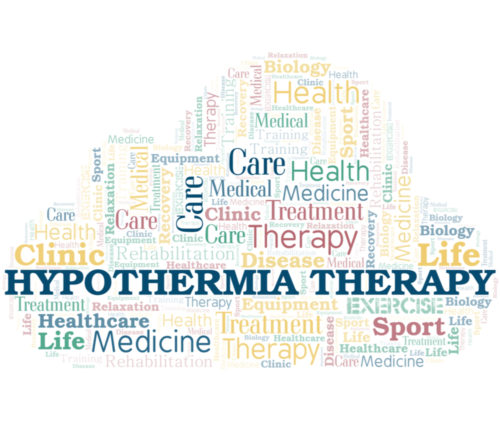
Researchers Find that Therapeutic Cooling can Target Site of Brain Injuries in Newborns
When an infant suffers a lack of oxygen at birth, doctors have very little time to intervene and prevent further brain damage. Currently, the best method for treating brain injuries in newborns is hypothermia treatment, or therapeutic cooling. Unfortunately, even though this treatment is often successful, it is difficult to target specific areas of the brain.
That may be changing however, as researchers have identified a way to measure temperatures deep inside the brain. This could allow doctors the ability to target deep brain tissue. Deep tissue suffers the most damage due to oxygen deprivation.
Research Identifies Potential to Target Therapeutic Cooling
A new study published in The Journal of Pediatrics describes new research into therapeutic cooling. The study observed 53 infants with hypoxic ischemic encephalopathy. The infants were observed during therapeutic cooling using magnetic resonance and measuring chemical shifts. Temperatures were measured in the basal ganglia, cortical gray matter, white matter and thalamus. The temperatures were analyzed based on the severity and location of the injury.
The study results found that whole-body therapeutic hypothermia was effective in cooling down the deep brain structures in the infants observed. Superficial brain structures stayed warmer – even warmer than rectal temperatures monitored during treatment.
The results are very promising and researchers are excited to be able to measure temperatures in targeted areas of the brain with such accuracy. Researchers were able to detect temperature fluctuations as small as 0.2 degrees. This is important information because it shows that temperatures in the brain are not consistent.
And it is not easy to measure temperature in a part of the body like the brain. Dr. Tai-Wei Wu, who headed the study and is the Director of the therapeutic hypothermia program at Children’s Hospital Los Angeles, took on the task head-first. Dr. Wu pushes the boundaries of technology and also works with experts who can bring out-of-the-box strategies to current methods.
Importance of Targeting Brain Injuries in Newborns
The study offers a foundation for healthcare providers that will eventually allow them to personalize therapeutic cooling for brain injuries in newborns. More specifically, healthcare providers will be able to target deep brain tissue. Understanding how therapeutic cooling affects the brain will allow healthcare providers the ability to target treatments based on the newborn’s individual pattern of damage.
With only 20 percent of hypoxic brain injuries affecting the outer layers of brain tissue, healthcare providers need to know how to better treat the majority of infants.
“First and foremost, we want to make sure we are effectively cooling the center of the brain. It’s usually the core that is hit the hardest by injuries arising from lack of oxygen. These injuries can result in lifelong neurological deficits like cerebral palsy.”
Therapeutic cooling is the best treatment for brain injuries in newborns. It gives newborns the best chance of survival and reduces the chance of additional brain damage. This is especially important for infants with severe hypoxic ischemic encephalopathy.
When oxygen deprivation occurs, the brain loses energy. Therapeutic cooling lowers the body’s temperature in a controlled environment for a period of usually 72 hours. Consequently, cooling decreases energy demand and reduces the risk of energy failure.
Is Therapeutic Cooling Successful?
For many years, researchers have explored the benefits of therapeutic cooling as a treatment for brain injuries in newborns. Several studies and clinical trials show promise as a means of successfully reducing the risk of serious brain damage. A study by the Washington University School of Medicine shows that therapeutic cooling can reduce the risk of severe brain damage by 25 percent. Other studies suggest that cooling could reduce the risk that newborns will develop cerebral palsy and other long-term debilitating conditions.
You can read more about Cerebral Palsy, Brain Damage and Therapeutic Cooling by browsing our website. If you have questions about birth injuries and brain injuries in newborns, you can certainly contact Birth Injury Guide directly.

